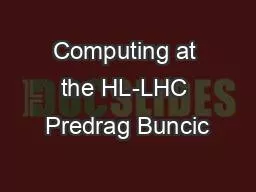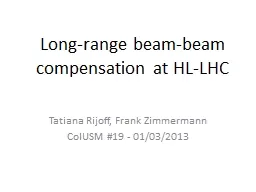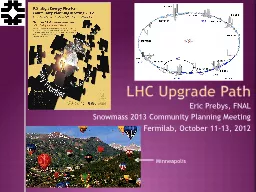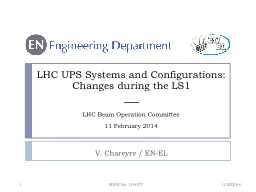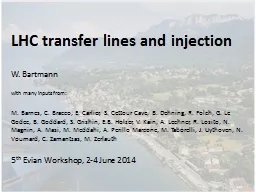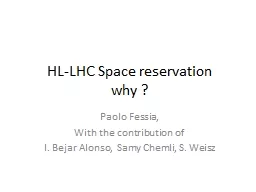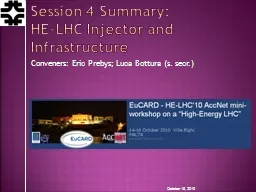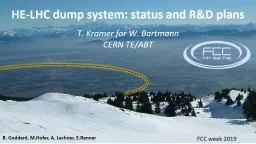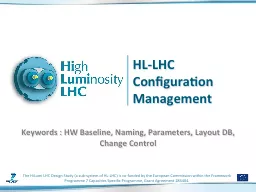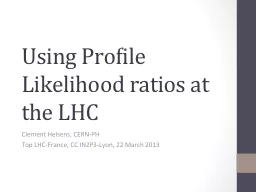PPT-Computing at the HL-LHC Predrag Buncic
Author : mercynaybor | Published Date : 2020-06-19
o n behalf of the Trigger DAQOffline Computing Preparatory Group ALICE Pierre Vande Vyvre Thorsten Kollegger Predrag Buncic ATLAS David Rousseau Benedetto
Presentation Embed Code
Download Presentation
Download Presentation The PPT/PDF document "Computing at the HL-LHC Predrag Buncic" is the property of its rightful owner. Permission is granted to download and print the materials on this website for personal, non-commercial use only, and to display it on your personal computer provided you do not modify the materials and that you retain all copyright notices contained in the materials. By downloading content from our website, you accept the terms of this agreement.
Computing at the HL-LHC Predrag Buncic: Transcript
Download Rules Of Document
"Computing at the HL-LHC Predrag Buncic"The content belongs to its owner. You may download and print it for personal use, without modification, and keep all copyright notices. By downloading, you agree to these terms.
Related Documents

